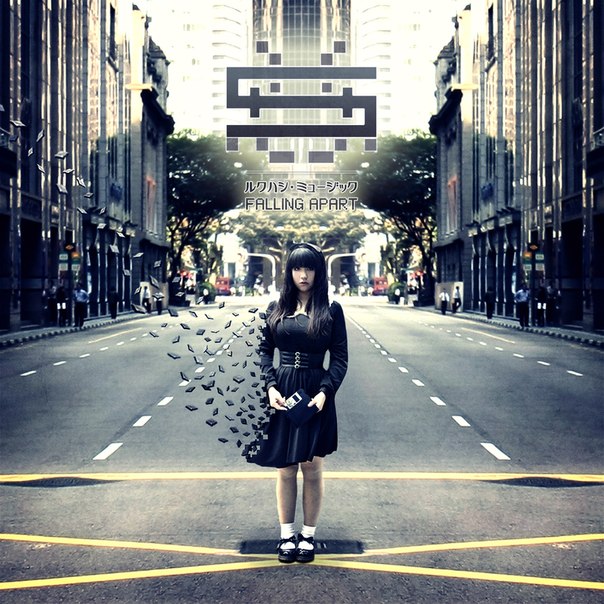Through his operas, his symphonies, his compositions for his own
ensemble, and his wide-ranging collaborations with artists ranging from
Twyla Tharp to Allen Ginsberg, Woody Allen to David Bowie, Philip Glass
has had an extraordinary and unprecedented impact upon the musical and
intellectual life of his times.

The operas – “Einstein on the Beach,” “Satyagraha,” “Akhnaten,” and
“The Voyage,” among many others – play throughout the world’s leading
houses, and rarely to an empty seat. Glass has written music for
experimental theater and for Academy Award-winning motion pictures such
as “The Hours” and Martin Scorsese’s “Kundun,” while “Koyaanisqatsi,”
his initial filmic landscape with Godfrey Reggio and the Philip Glass
Ensemble, may be the most radical and influential mating of sound and
vision since “Fantasia.” His associations, personal and professional,
with leading rock, pop and world music artists date back to the 1960s,
including the beginning of his collaborative relationship with artist
Robert Wilson. Indeed, Glass is the first composer to win a wide,
multi-generational audience in the opera house, the concert hall, the
dance world, in film and in popular music -- simultaneously.
He was born in 1937 and grew up in Baltimore. He studied at the
University of Chicago, the Juilliard School and in Aspen with Darius
Milhaud. Finding himself dissatisfied with much of what then passed for
modern music, he moved to Europe, where he studied with the legendary
pedagogue Nadia Boulanger (who also taught Aaron Copland , Virgil
Thomson and Quincy Jones) and worked closely with the sitar virtuoso and
composer Ravi Shankar. He returned to New York in 1967 and formed the
Philip Glass Ensemble – seven musicians playing keyboards and a variety
of woodwinds, amplified and fed through a mixer.
The new musical style that Glass was evolving was eventually dubbed
“minimalism.” Glass himself never liked the term and preferred to speak
of himself as a composer of “music with repetitive structures.” Much of
his early work was based on the extended reiteration of brief, elegant
melodic fragments that wove in and out of an aural tapestry. Or, to put
it another way, it immersed a listener in a sort of sonic weather that
twists, turns, surrounds, develops.
There has been nothing “minimalist” about his output. In the past 25
years, Glass has composed more than twenty operas, large and small;
eight symphonies (with others already on the way); two piano concertos
and concertos for violin, piano, timpani, and saxophone quartet and
orchestra; soundtracks to films ranging from new scores for the stylized
classics of Jean Cocteau to Errol Morris’s documentary about former
defense secretary Robert McNamara; string quartets; a growing body of
work for solo piano and organ. He has collaborated with Paul Simon,
Linda Ronstadt, Yo-Yo Ma, and Doris Lessing, among many others. He
presents lectures, workshops, and solo keyboard performances around the
world, and continues to appear regularly with the Philip Glass Ensemble.
The Photographer
A Music-Drama in Three Acts (1983)
The Photographer, a music/theater piece, was planned as a three-part work — a play, a concert and a dance.
Act I recounts the events in the life of Eadweard Muybridge relating to the murder of Colonel Larkyns and the subsequent trial. The music in Act I consists of three "incidental pieces (two of them recorded here) which fit into the play. For the first song, "A Gentleman's Honor," words were taken from the trial transcript, comments of spectators at the trial and letters of Muybridge to his wife Flora.
Act II is presented as a concert with violin solo (played here by Paul Zukofsky) during which photographs taken by the Muybridge of the play in Act I are developed and projected on a screen at the rear of the stage.
Act III brings back all the characters from Act I (Muybridge, his wife, Flora, Colonel Larkyns, et al) in a final dance.
The Photographer, based on events in the life of Eadweard Muybridge, was conceived by the Dutch director/designer Rob Malasch in association with Philip Glass. It was commissioned by the 1982 Holland Festival and was performed by DeGroep with costumes by Aage Hoygaard and decor by Rein Jansma and Joost Elffers at a preview performance for Queen Beatrix and Prince Claus. The preview took place at the Royal Palace in Amsterdam, in May 1982 with Michael Riesman conducting. The work received its first public performance at the Carré Theater in Amsterdam in June 1982 as part of the Holland Festival.
Tracklist
I. ACT I "A Gentleman's Honor" (vocal)
II. ACT II
III. "A Gentleman's Honor" (instrumental)
IV. ACT III
Download
 We have decided that all upcoming posts will be in English.
We have decided that all upcoming posts will be in English.


